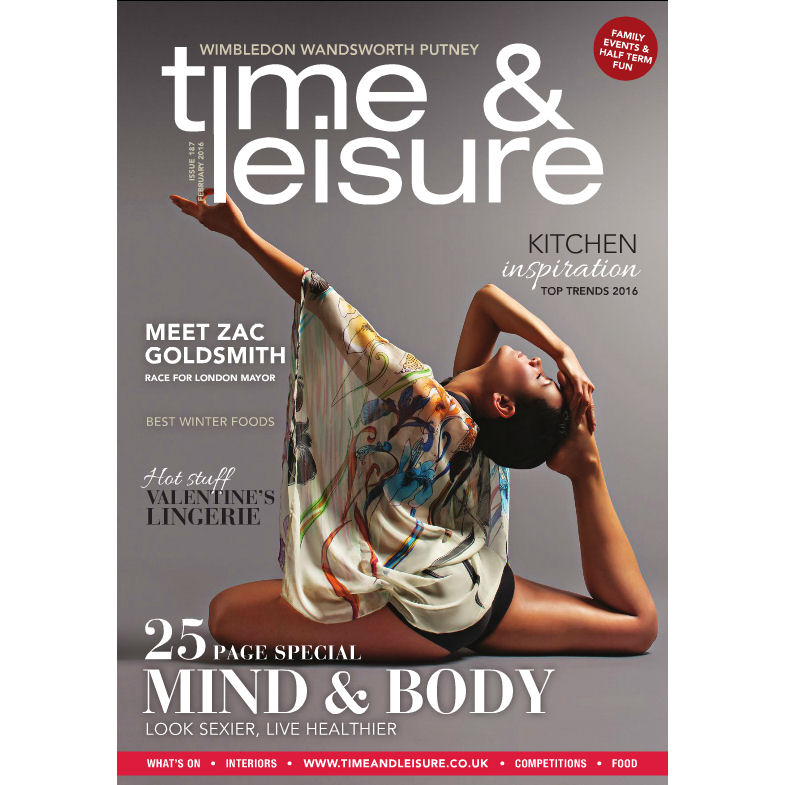This article was originally published in Wimbledon Time & Leisure in February 2016.
Buy to let landlords – under attack?
Around 40% of the housing stock in Merton is rented rather than owned, with around half of that being rented from private sector landlords. According to the 2011 census, these figures are largely representative of the rest of England, meaning that there are around 3.8 million households in England (not the whole of the UK) that live in what most people would term “Buy to Let” properties. Add to that the estimated 175,000 or so second homes, and the Government would say that there are 4 million properties in England alone that are not available for first-time buyers.
This is the Treasury’s reason behind the announcement that from 1 April 2016 any person (or company) that acquires an “additional property” will have to pay additional Stamp Duty Land Tax (SDLT). Like many property lawyers, we are experiencing a steady flow of purchase instructions which are due to complete prior to 1 April 2016 when the new rules come in.
3% surcharge
The bands in which SDLT is charged are not now entirely straightforward. Until last year a purchaser would pay SDLT on the whole amount of the purchase price according to the band in which the property fell. The last budget introduced a tiered system which means that a small price increase does not bump the property into the next SDLT bracket.
The effect of the new changes are that all purchasers of “additional” residential properties (be they buy-to-let investments or second homes) will from 1 April be liable for an additional 3% of SDLT on top of the sum that they would otherwise be paying.
| Band | Existing residential SDLT rates |
Proposed additional rates for landlords |
| £0 – £125k | 0% | 3% |
| £125,001 – £250k | 2% | 5% |
| £250,001 – £925k | 5% | 8% |
| £925,001 – £1.5m | 10% | 13% |
| £1.5m + | 12% | 15% |
“Additional” property
What may catch people out is that the following categories of purchaser will attract the 3% surcharge:
- Small builders who buy a property with a view to it being refurbished and sold on;
- People who are buying in England and Wales for the first time but who own a residential property outside the UK;
- A husband, wife or civil partner acquiring their first property in their own name whilst their other half already own a property
The Government do accept that sometimes ownership of a second property will be a temporary situation. Even in those circumstances, the additional rate of SDLT will need to be paid, but it can be reclaimed if that second property is sold within 18 months.
Coupled with the changes to mortgage interest tax relief for Buy-to-Let landlords, the latest rules from the Treasury do hammer home the fact that the Government is actively looking to discourage new entrants to the Buy-to-Let market (as well as encouraging those within the market to return their properties to the “normal” housing stock).
Will it work?
If all 19,500 privately rented properties in Merton were dumped on the market tomorrow, would this have sufficient effect on house prices to suddenly make those homes affordable to first-time buyers?
We will never know the answer to that question, but it seems unlikely that even a sudden 20% increase in supply would have the desired effect (particularly when owning a second property to let out continues to offer private investors a relatively high – and some say safe – yield when compared with stocks, shares or keeping the money in the bank).
We think that it will take more than a 3% hike in SDLT to redress the huge disparity between supply and demand in London and South East. Call us on 0345 370 1000 for more details.

